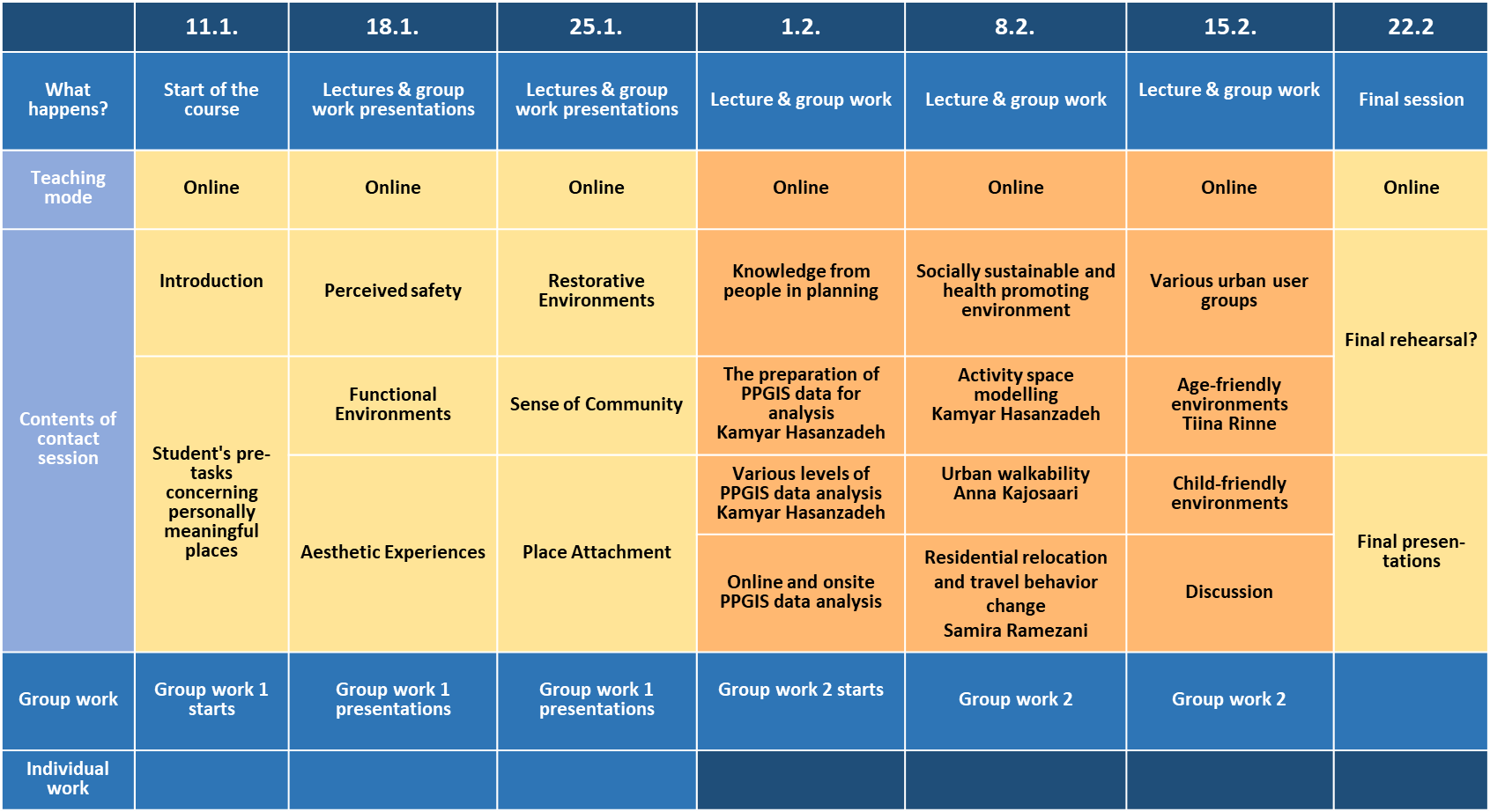SPT-E5020 - Urban Experience D, Lecture, 11.1.2022-15.2.2022
This course space end date is set to 15.02.2022 Search Courses: SPT-E5020
Topic outline
-
The permanent zoom link to our online sessions is here.
Below you can find the timetable of the course.
